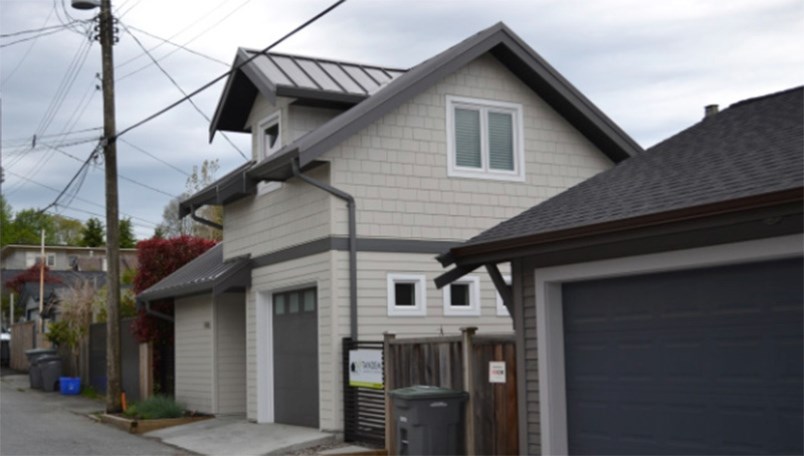Adding a secondary unit or laneway house to an existing property is becoming increasingly attractive for homeowners who are looking to create an extra line of income, said Joy Chao, lead interior designer at JHA, an architectural and interior design firm.
In the summer months, a popular time for rentals and tourism, a former client of Chao’s has been able to make roughly $8,000 to $9,000 by using short-term rentals in their basement and laneway units, she said.
The process of adding a secondary unit or laneway home to a property is not for the faint of heart, according to Joy, but can offer another avenue to navigate today’s interest rates and inflationary pressures. To support these types of projects, the B.C. government has earmarked $91 million in funding, for a period of three years, that will work to incentivize homeowners to add another unit. The result may be thousands of units added into the market, according to B.C. Budget 2023.
The first step in determining if a homeowner can build a secondary unit is planning, Chao said.
“Inquire with an architect before you embark on the route to design a laneway house. Talk to a good architect, as well as a good contractor. You'll want to know your budget too,” she said, adding that homeowners should always keep in mind that adding another unit to a property is a costly project.
Another important step is to look into the existing city infrastructure in the property's area and what the approval process might be for the addition of a secondary unit, according to Chao. She said that this is one of the most challenging aspects of the process, especially for those living in Vancouver.
“I will say that a lot of people probably didn't realize that. There are actually quite restrictive zoning bylaws, in terms of laneway houses,” she said. “I think they were trying to make it simple. So, they have a very rigid set of rules in terms of room sizes, the building envelope and what the laneway house should look like.”
In the City of Vancouver, a bedroom for a laneway home must have a minimum of 90 square feet and the kitchen and living room must have a minimum of 180 square feet, according to Chao.
“On a smaller lot, a 33 foot [by 122 foot] lot, you have to also factor in your traffic space. So your stairs, hallway, doorway, that sort of thing. You'll also have to put in a little mechanical room or space for heating and cooling and that can eat up a lot of space,” she said.
In addition, property owners may want to save space for greenery or protected parking, which must also be taken into account when planning the extra unit.
Once a financial and building plan has been created, and homeowners have consulted with their local government body, Choa said there are ways that people can maximize space and efficiency for the extra unit.
“One thing we do is we try to minimize the wall thickness by doing exterior insulation. That will result in laneways, or houses in general, to be more energy efficient spaces while also capturing more usable space,” she said.
Another trick is to use the space under a slanting roof for storage or create storage under a staircase, she noted.
“Because they are restrictive on the building envelope for laneways, you just need to be very creative,” Chao said.



